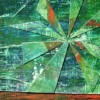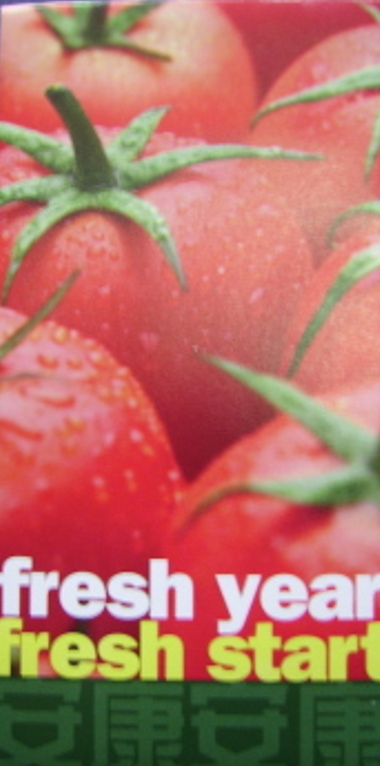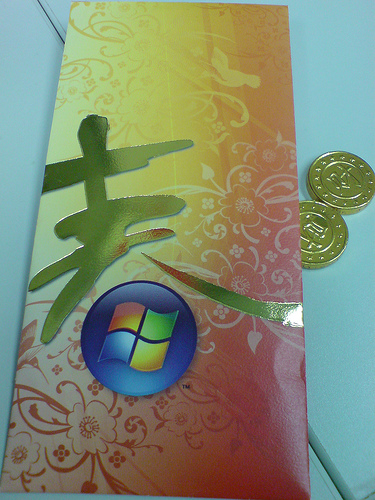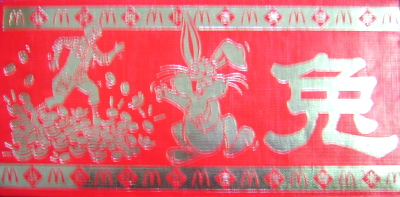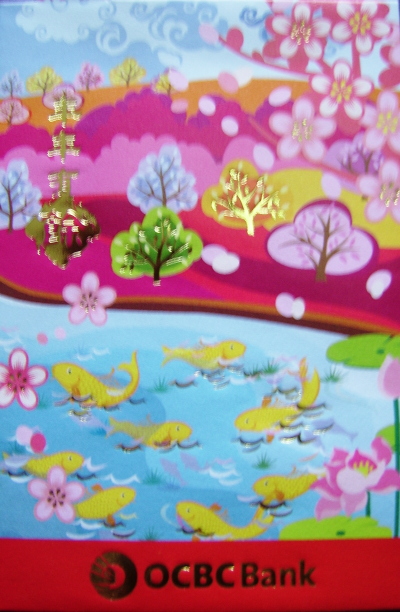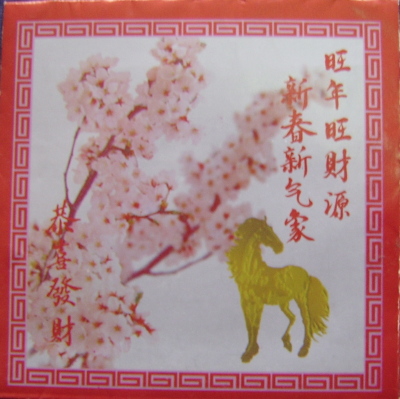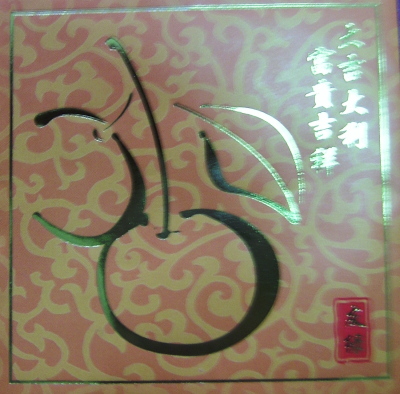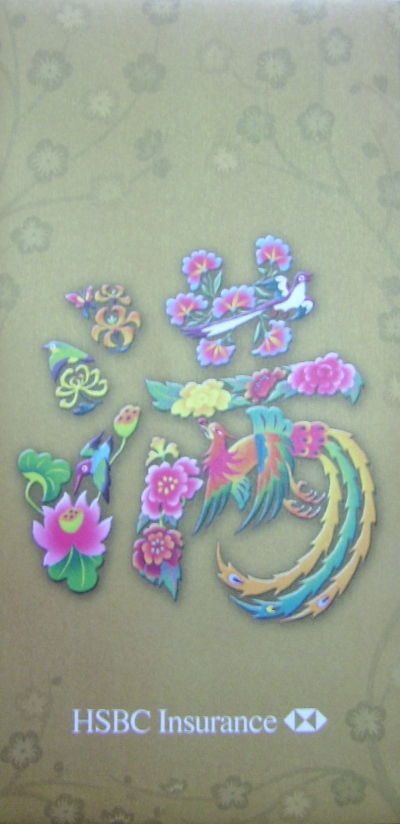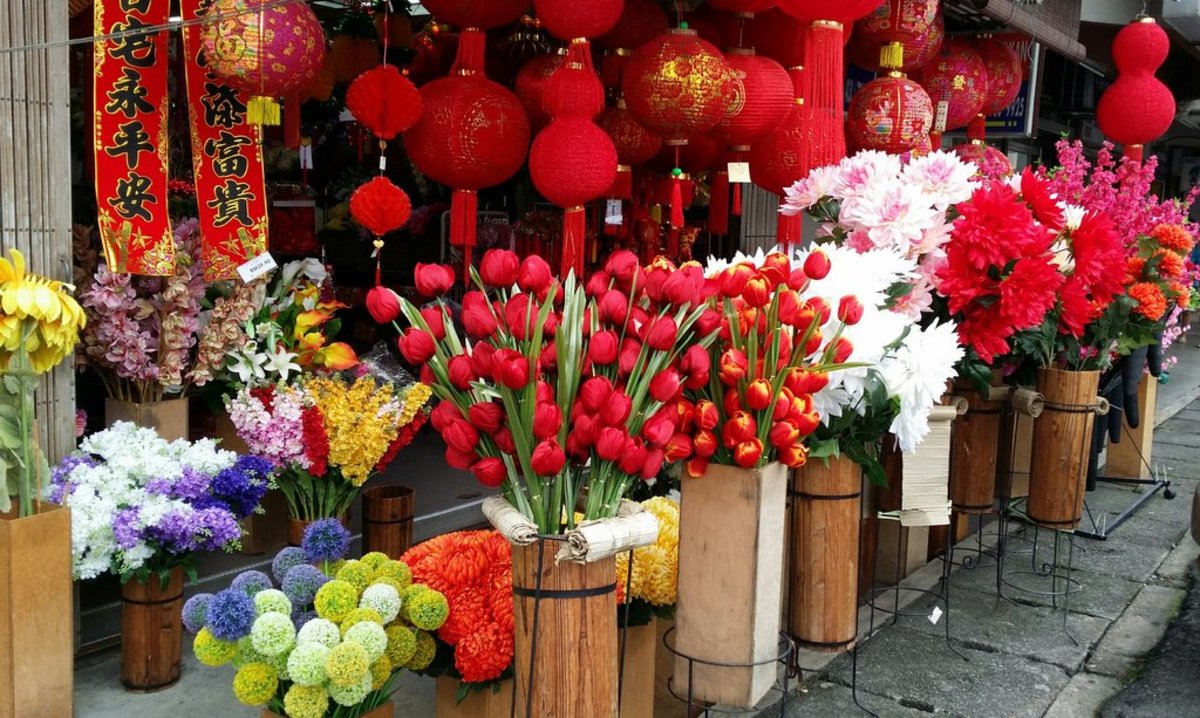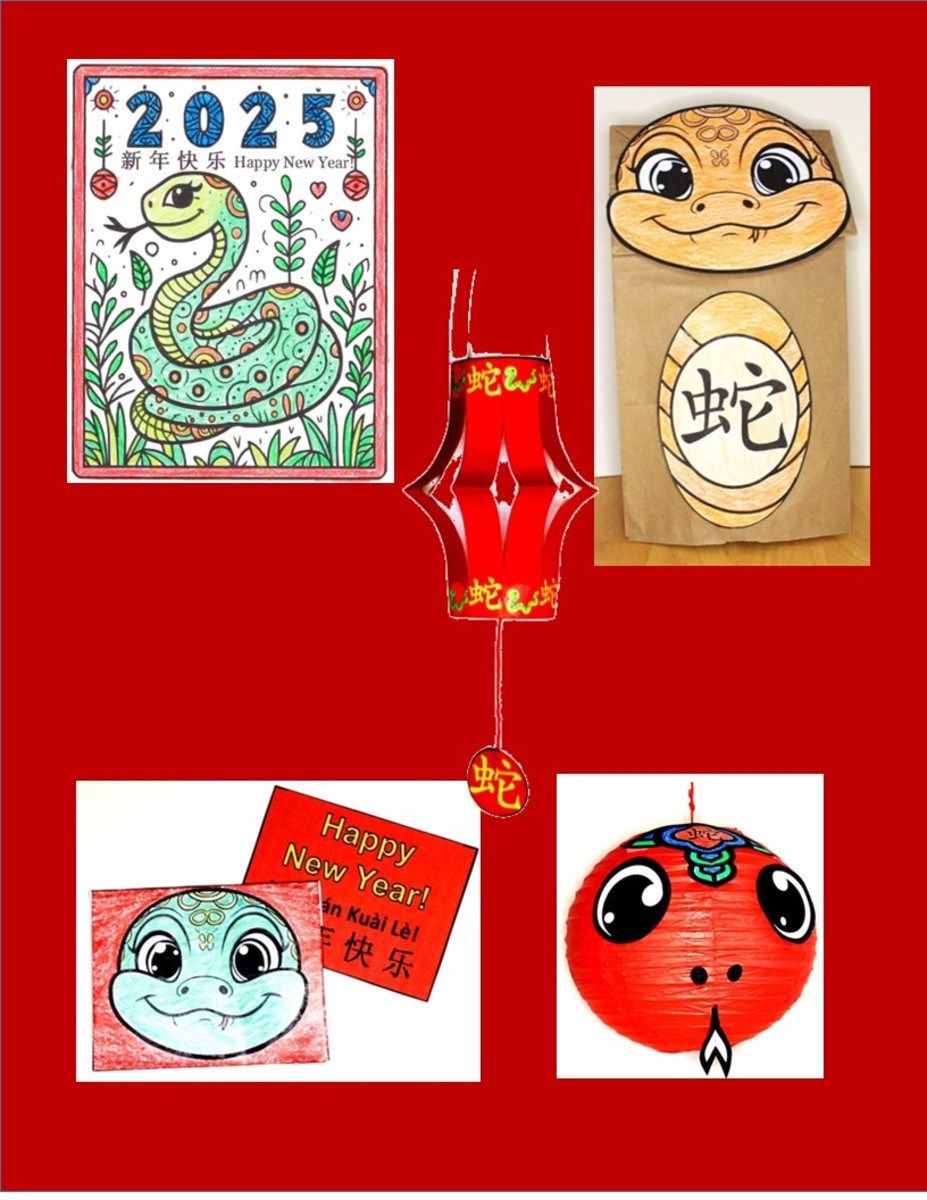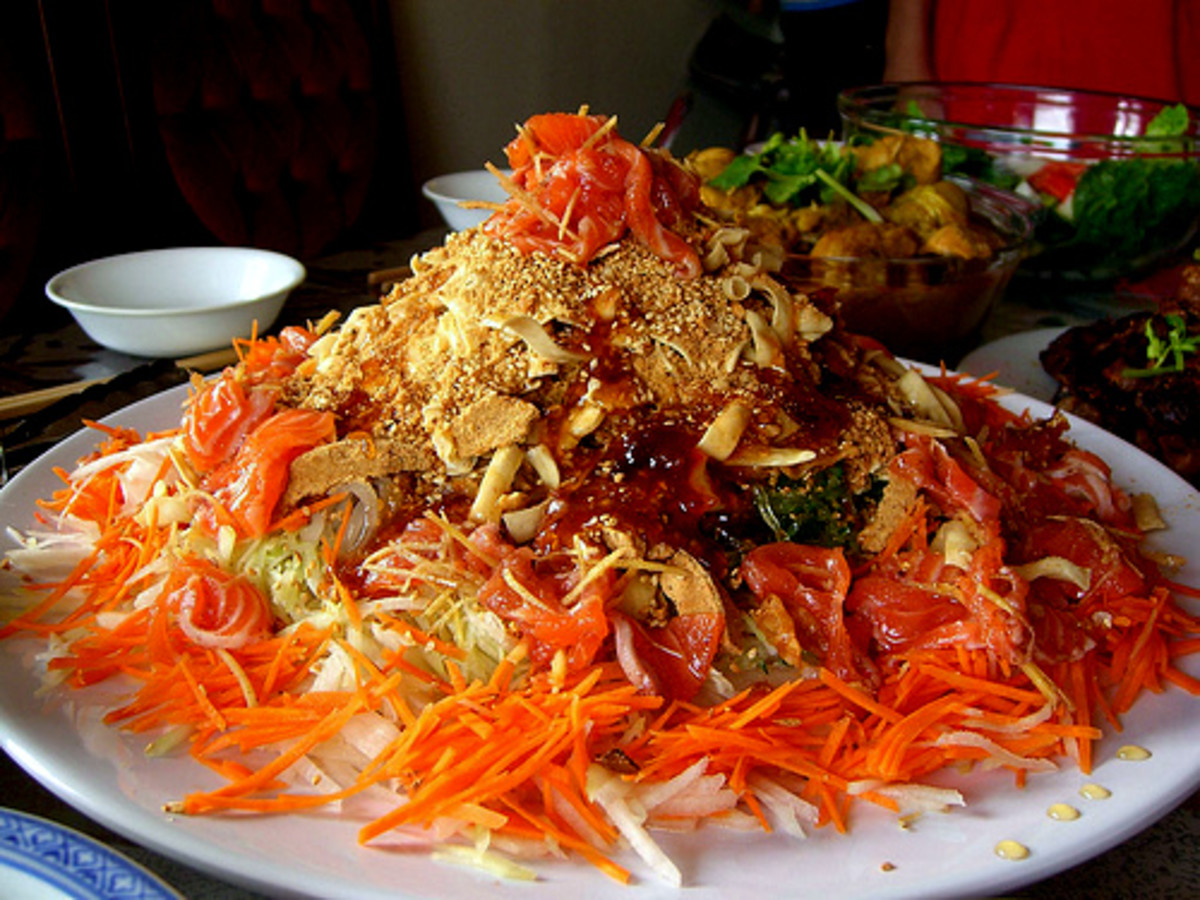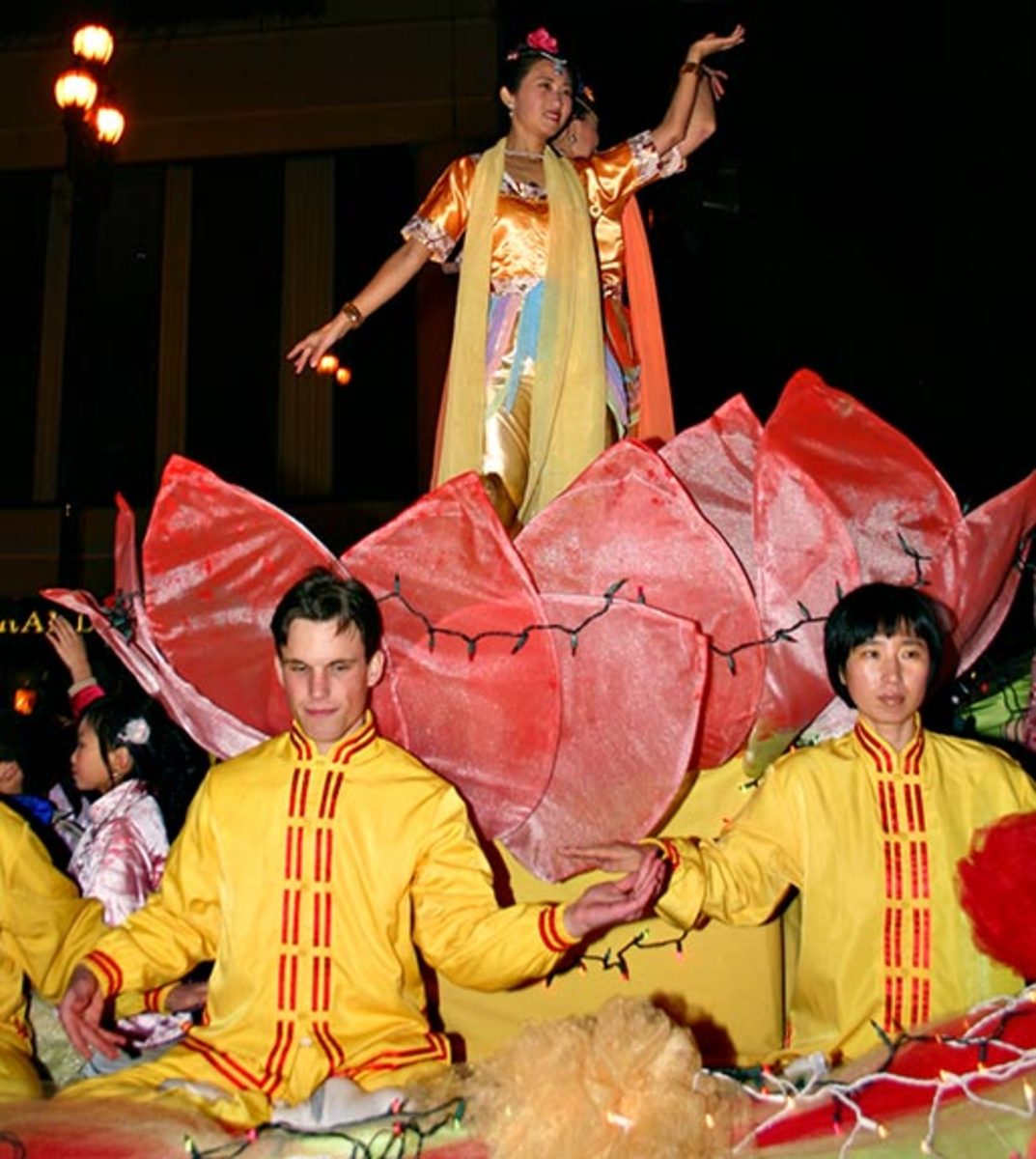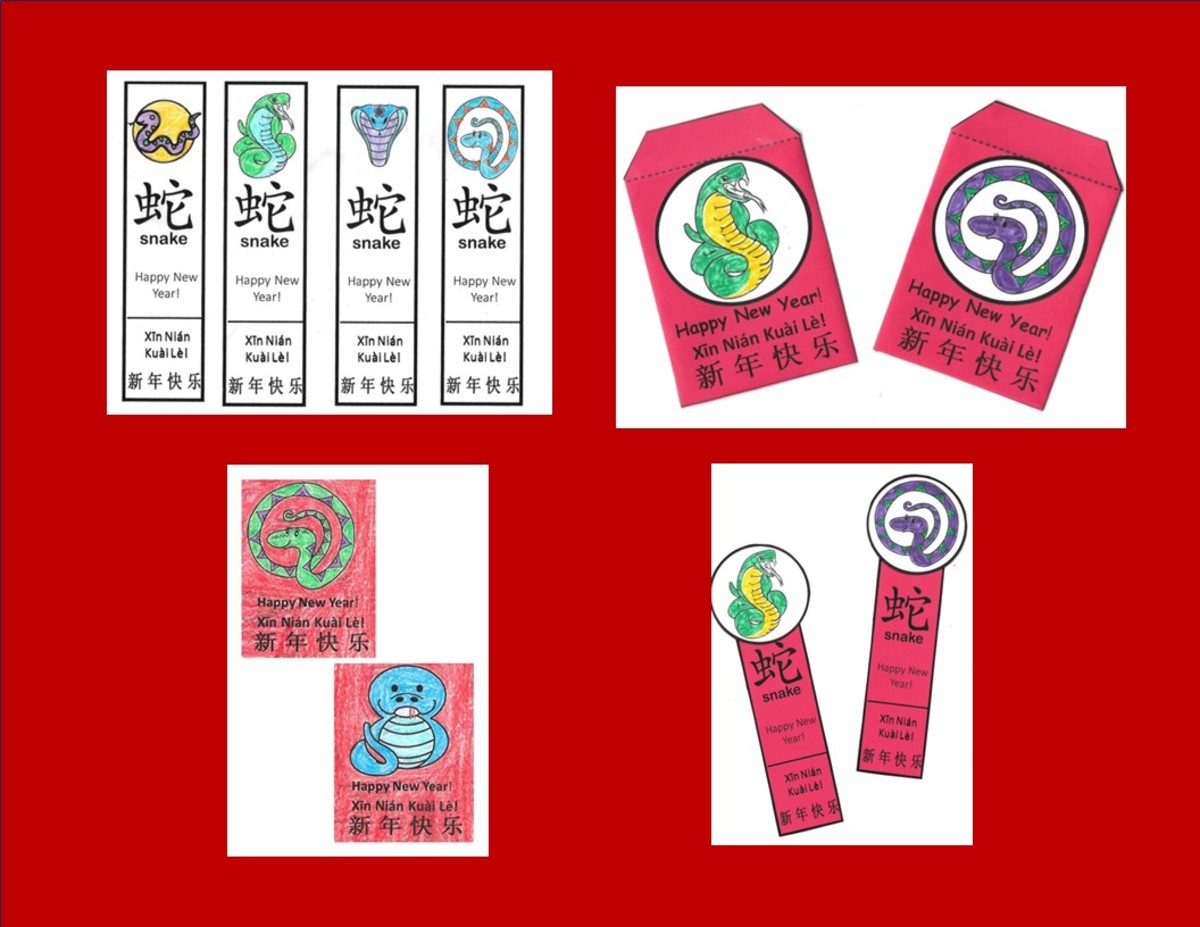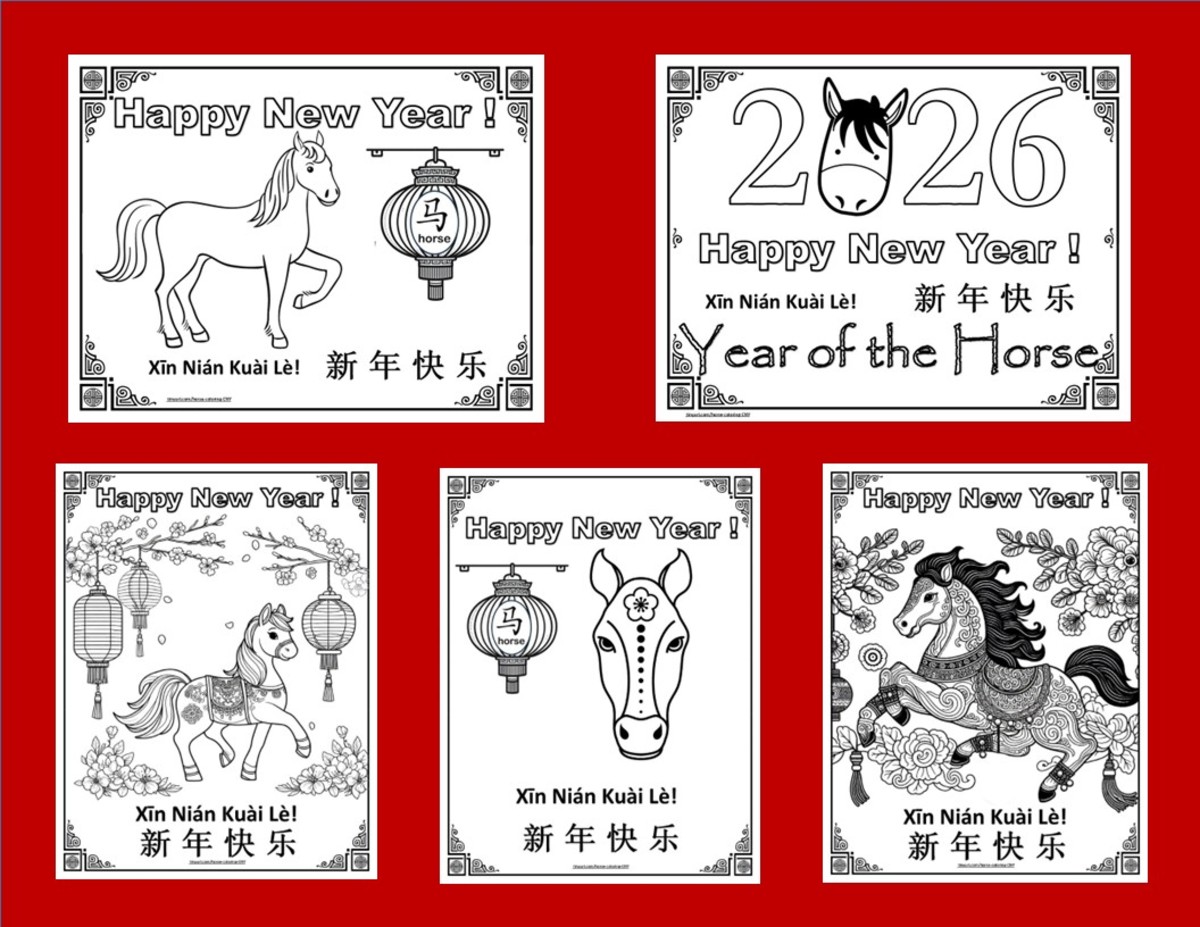- HubPages»
- Holidays and Celebrations»
- Asia Holidays»
- Chinese Holidays
Hongbao as Collectibles
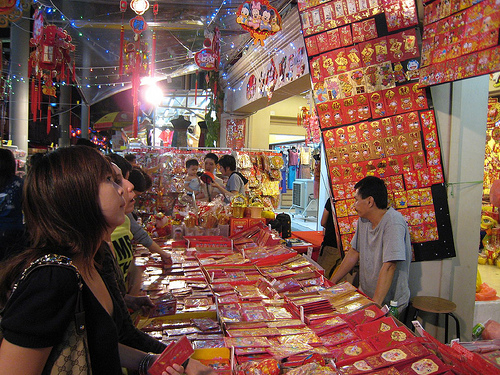
Earlier this year, I was clearing out my cupboards when I came across some old hongbao packets. Some of them were so unique and beautiful that I could not bear to throw them away. Little did I know that there are serious collectors of hongbao packets out there. I only stumbled upon this fact by accident, while browsing Singapore eBay stores recently.
What is hongbao?
If you ask the Chinese about hongbao (literally meaning "red packet" in Mandarin Chinese; also called ang pow in Hokkien Chinese), they will most likely associate it with gifts of money in red envelopes handed out to children during Chinese New Year.
Hongbao are also given at Chinese weddings, birthdays and other celebrations. And, in countries where corruption is rife, hongbao frequently refers to a bribe given to officials.
Here, the focus will be on the Chinese New Year hongbao, as packets with beautiful, unique designs coveted by collectors are mainly produced for this festival.




Why has the hongbao become a collectible?
...the more enthusiastic collectors would purchase numerous albums to display their diligently amassed Hong Bao. At the height of Hong Bao collecting popularity, there would be regular Hong Bao exchanges at Community Centres or Clubs where collectors could go and rummage for rare and exquisite finds... (HeritageFest Singapore)
I believe that hongbao collecting must have started only very recently, probably due to the explosion in the variety of designs available in the last decade or so.
In countries with significant Chinese populations, major banks, stores and corporations print unique hongbao packets to give away to their customers during Chinese New Year. The influence of modern branding ideas has been evident in the design of hongbaos, with many corporations striving to produce the most uniquely beautiful and memorable hongbao designs.
Customers with increasingly sophisticated tastes have also resulted in hongbao packets in a dizzy variety of designs being sold in stores every year.
For collectors, hongbao packets provide great examples of traditional design motifs. Even more fascinating, the re-interpretation of old designs and introduction of modern graphic ideas reflect how Chinese cultural practices are adapting to modern lifestyles and tastes.
Blogs featuring interesting hongbao collections
- Memories From My Old Ang Pao
This blog has some examples of older hongbao designs. - Seeing Red
The blogger has quite a few photos of her mother's hongbao collection -- good variety of designs.





Common hongbao motifs
As mentioned before, hongbao designs can be extremely varied. But they do have one thing in common - the elements must have auspicious symbolism. Common motifs include:
Chinese Zodiac. Basing hongbao design on the animal associated with the new year is fairly typical. For example, this year (2008) is the Year of the Rat in the Chinese calendar, so you'll find quite a few hongbao designs inspired by that.
Fish. The word for fish in Chinese, yu, is similar in sound to the word for abundance. Carp is particularly popular as they symbolise longevity.
Calligraphy. Hongbao with auspicious words such as "luck" or "fortune" continue to be extremely popular
Oranges. The word for mandarin oranges in Chinese, kum, sounds like the word for gold in Cantonese.
Blossoms. Plum blossoms appear at the end of winter, and symbolise renewal and hope. Peony blossoms symbolise wealth and power.
Cartoon Characters. Hongbao are primarily given to children, so nowadays, you'll find many designs aimed at children which feature popular cartoon characters. In the Year of the Rat (2008), Mickey Mouse and Minnie Mouse hongbao designs could be seen everywhere.
God of Wealth. This used to be very popular, but it is my impression that that modern hongbao de-emphasise this, perhaps because quite a lot of Chinese people these days practise religions like Christianity.
Children. Hongbao with images of cute plump Chinese children playing is another motif which used to be very popular.
Hongbao colours
Hongbao is of course traditionally red.
Nowadays, gold is also a popular choice, partly because some companies wish to differentiate themselves by using a more distinctive colour, and partly because gold printing is more readily available these days.
Variations on red and gold such as yellow, orange, pink, peach, etc. are also increasingly employed by innovative hongbao designers to give a more modern look and feel to hongbao.
Traditions and practices
The giving of hongbao starts on the eve of Chinese New Year, when parents give hongbao to their children. And they continue to be handed out throughout the fifteen days of Chinese New Year in exchange for Chinese New Year wishes.
The "rules" of hongbao giving may vary from country to country. For example, in Hong Kong, every working person gives hongbao, with married people giving hongbao in pairs; while singles, widows and widowers give single packets (Source: Chinese New Year Traditions and Myths). However, in Singapore and Malaysia, giving Chinese New Year hongbao is mandatory only for those who are married.
Hongbao are also given at Chinese New Year as a token of regard and appreciation -- by bosses to their subordinates, by working children to their parents, and by households to people who perform tasks like gardening, cleaning, etc for them throughout the year.
Among the beliefs associated with hongbao is that the amount of money should add up to an even number, for example, $2, $6, $8, $20 (odd numbers are associated with funerals).
The money must also be crisp and new, which means long queues at banks in the run-up to Chinese New Year.
Origins and legends
The gifting of money probably began with the fact that "gift of money" sounds like "suppressing the devil" in the Chinese language, and it was thus believed that a gift of money could help protect children from ghosts, demons and devils. In the Ming and Qing Dynasties (mid 14th -- late 19th/early 20th century), gifts were given in the form of coins strung together on a thread. (Source: A New Beginning: Customs of the Lunar New Year, published by Times Editions-Marshall Cavendish, 2005). However, by the late 19th century , money began to be wrapped in red paper, and people started calling them hongbao. (Source: Hongbao Giving, Singapore Infopedia)
There are various colourful legends associated with hongbao:
- The most common legend is probably this one about a monster named nian (literally meaning "year") which attacked on the first moon of the lunar calendar. One year, the villagers discovered that the monster was afraid of the colour red, fire, and loud noise. So every year after that, the villagers would put red paper on their doors and make a lot of noise by beating drums. Red packets were also given to children to frighten away evil monsters.
- To protect a little boy from a demon, the Eight Immortals of Chinese legend turned themselves into coins. The boy's parents were instructed to wrap the coins in red paper, and place the packet under the pillow. When the demon came, a golden light burst forth from the pillow, thus scaring away the demon. (Source: A New Beginning: Customs of the Lunar New Year, published by Times Editions-Marshall Cavendish, 2005)
- An emperor of the Tang Dynasty was so happy when his concubine gave birth to a son that he gave her coins to be used as charms for the baby. His people soon followed his example. (Source: A New Beginning: Customs of the Lunar New Year, published by Times Editions-Marshall Cavendish, 2005)
- In the Sung Dynasty, a demon was terrorising a village. Many tried to kill the demon, but could not do so, until a young orphan came along. He fought the demon with a magical saber and managed to kill it. The grateful villagers presented the young man with a red packet filled with money as a reward for his courage.
